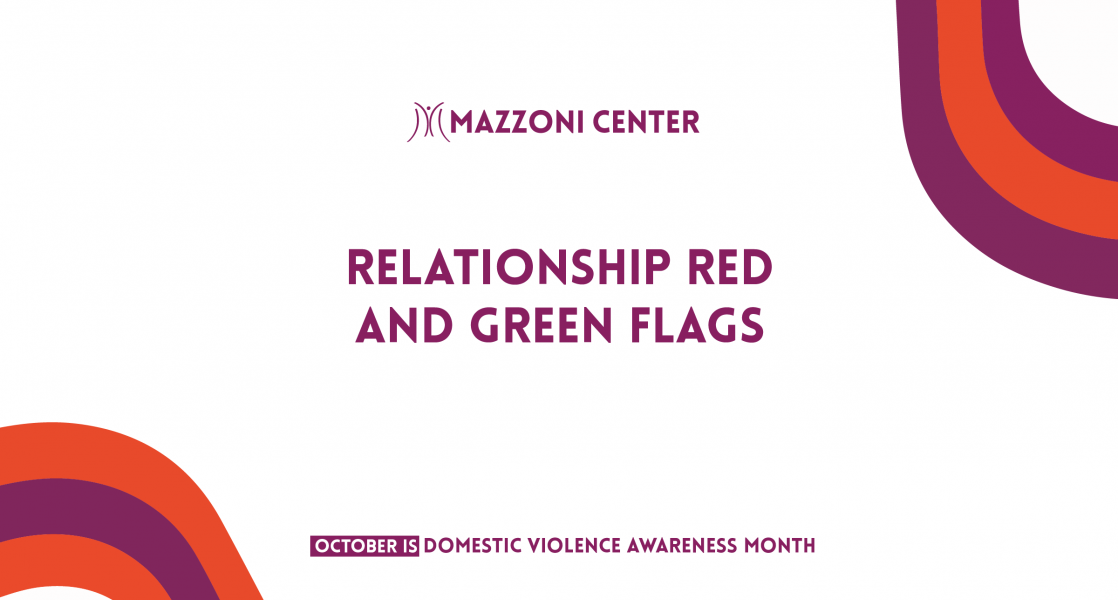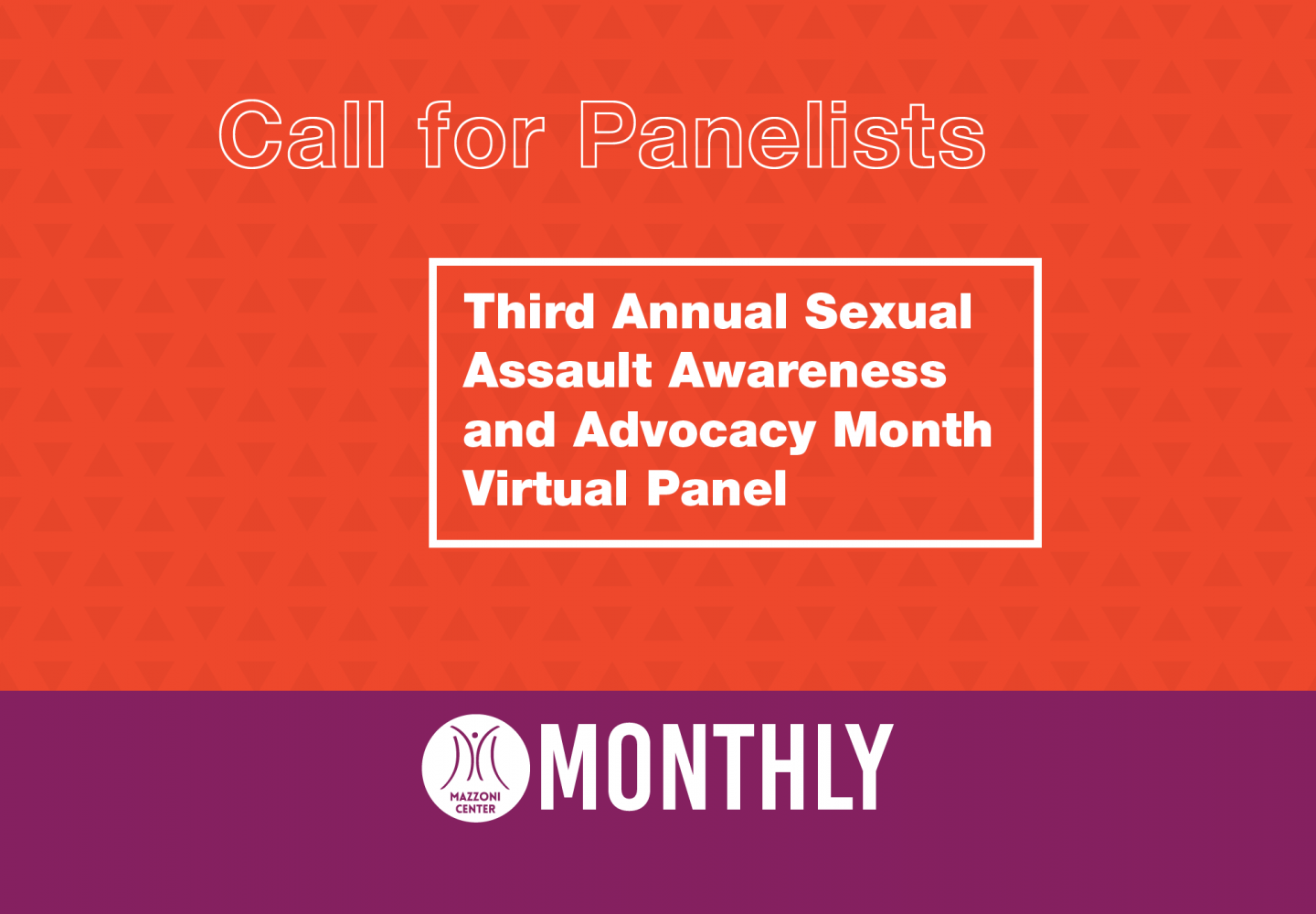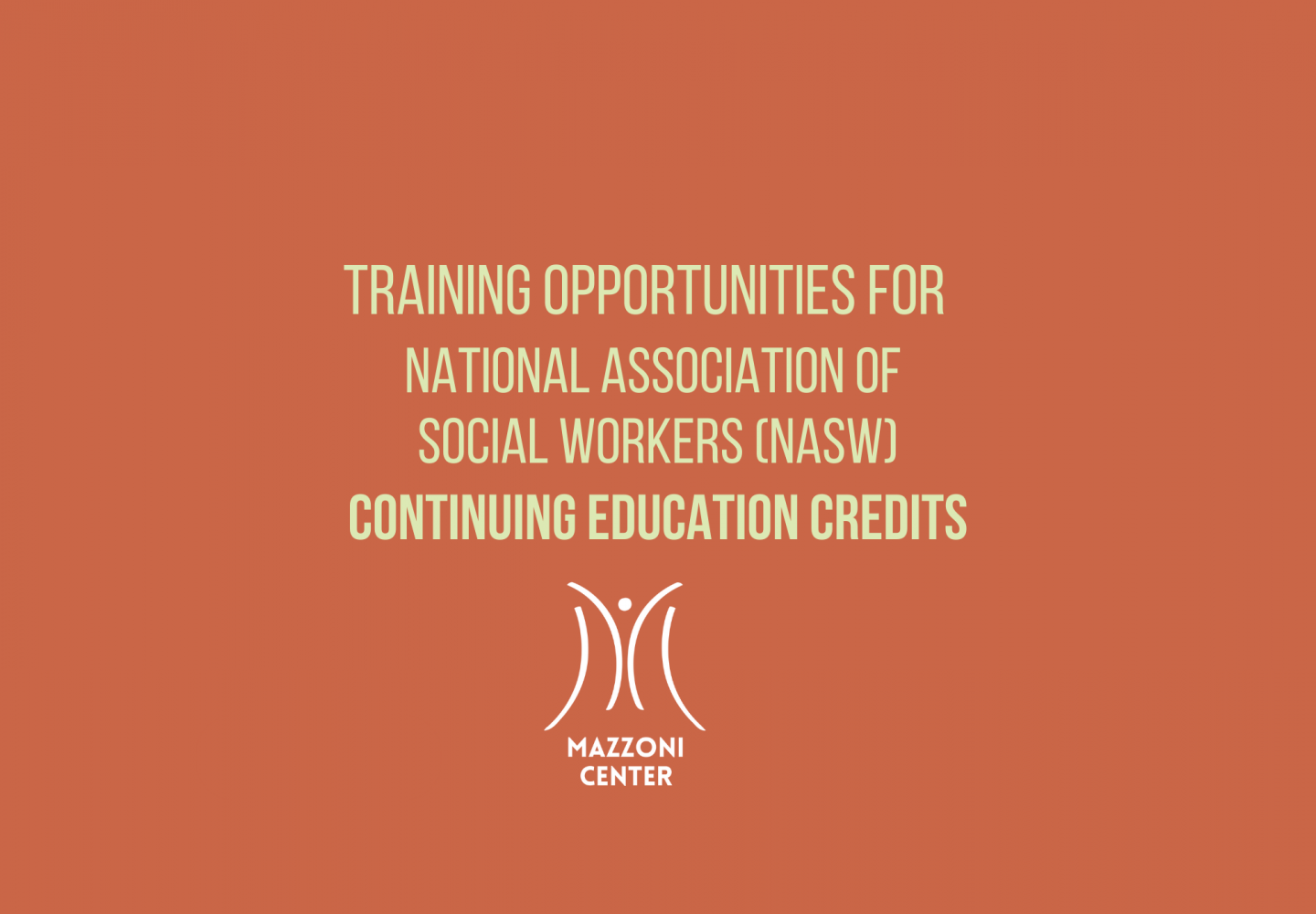Relationship Red and Green Flags | DVAM
Relationship Red and Green Flags | DVAM

This month, join Mazzoni Center on Mondays for Domestic Violence Awareness Month blog posts. We’ll be talking through how domestic violence affects the LGBTQ+ community, relationship red and green flags, boundaries, and how to support survivors. Our posts were created to both further awareness of DV and to help folks think through what a healthy relationship looks like to them, all through an LGBTQ+-affirming lens. If you have experienced DV, or support someone who has, there are resources available for you. Call the 24-hour, free, and confidential Philadelphia Domestic Violence Hotline at 1-866-723-3014 for crisis intervention, safety planning, resources, and referrals.
Identifying what does, or does not, work for you in a relationship can be incredibly helpful for forming happy and healthy relationships. Red flags can let us know someone is not suitable for us or give us a warning sign that someone could be harmful. It can also be powerful to look at green flags: how do we know someone would be a good person to date? To be in a relationship with? And what do relationship red and green flags look like when we consider the unique needs of queer and trans people?
Red flags are warning signs that someone may not be able to engage in a healthy relationship. These can pop up anytime during a relationship: when you are just getting to know someone, during casual dating, in a friends-with-benefits relationship, and a long-term partnership for example. A red flag happening one time might not be important, but if there is a pattern of behavior or if the severity of those red flags escalates, it may be time to make a change.
Some relationship red flags could include making fun of a partner, lack of communication, uncontrolled jealousy, tipping or treating service professionals poorly, yelling, name-calling, belittling, and others. Red flags do not have to be huge escalations to be problematic: for example, someone calling you a nickname that you do not appreciate may not seem important, but if you communicate that you do not appreciate the nickname and the person you are dating continue to use it despite your discomfort, that might be a red flag. For LGBTQ+ relationships, there are some additional red flags to consider. For instance, outing someone, ignoring pronouns or chosen names, and misgendering are all red flags. Belittling someone’s sexuality, fetishizing someone’s gender or sexuality, keeping a queer and/or trans partner a secret, and not standing up for a partner when they face homophobia and transphobia are all also red flags.
This list of red flags is not exhaustive- when you are thinking about your red flags, think about what would make you feel uncomfortable, unsafe, or unsupported in a relationship. It is important to note that we do not always notice that something is a red flag until it has escalated significantly, or perhaps we do not see it until far after a relationship has ended- that is okay. Sometimes we are not able to discern what behaviors feel healthy and unhealthy, and if you have been through (or are currently in) a relationship where there are lots of red flags, it is not your fault.
A relationship green flag, on the other hand, is quality or behavior that shows that someone would be able to engage in a healthy relationship. Some universal green flags are engaging in healthy communication, fighting fairly, making you laugh, supporting your dreams and passions, supporting alone time, or being kind for example. When it comes to LGBTQ+ relationships or partners, there are many kinds of green flags. If the partner is not a part of the LGBTQ+ community, they might be a loud and proud LGBTQ+ ally. Perhaps a partner is supportive during a transition, validates their partner’s sexuality, or talks to their friends and family about issues that affect the LGBTQ+ community. Maybe they actively investigate an identity that they do not have a strong understanding of so they can better advocate for their partner.
Again- this list of green flags is not exhaustive, and what makes someone feel supported is different for everyone! We challenge you to think about your relationship's red and green flags so you can identify when relationships feel good or not so much. What behaviors are warning signs for you? What shows you that someone does not know how to be in a healthy relationship? Alternatively, what behaviors show you that someone would be a great partner? A good person to date? It can be helpful to look at past relationships and think about what worked and what did not for them or think through the specific ways you like to be supported and what behaviors would help or hurt that. There are many ways relationship behaviors can show up, and red and green flags are just one way to help a person explore the kind of relationship that works for them.
LGBTQ+ Survivors: You are not alone. If you have experienced interpersonal violence and need assistance, call the 24-hour, free, and confidential Philadelphia Domestic Violence Hotline at 1-866-723-3014 for crisis intervention, safety planning, resources, and referrals.
This project was supported by 2017-UD-AX-0011 awarded by the Office on Violence Against Women, U.S. Department of Justice. The opinions, findings, conclusions, and recommendations expressed in this document are those of the author and do not necessarily reflect the views of the U.S. Department of Justice, Office on Violence Against Women.


